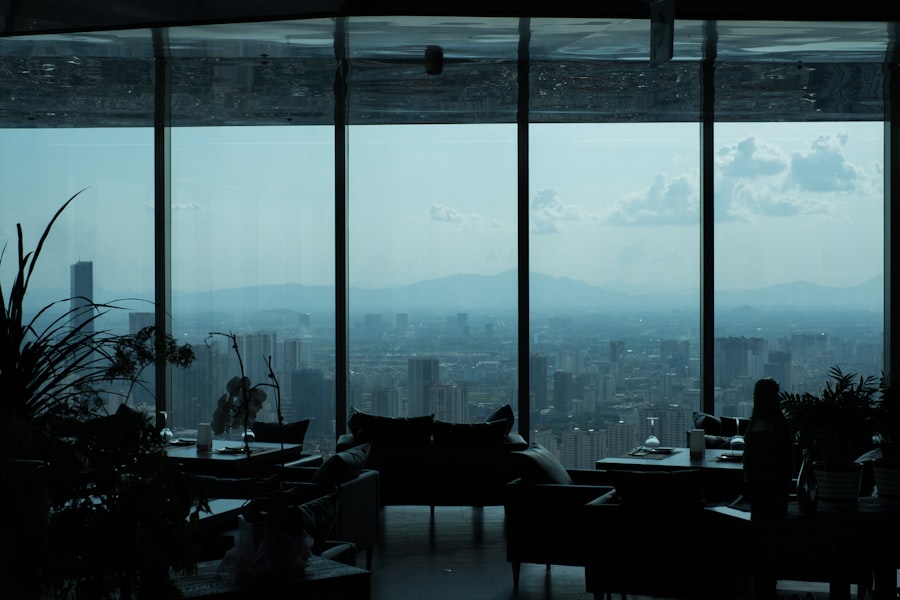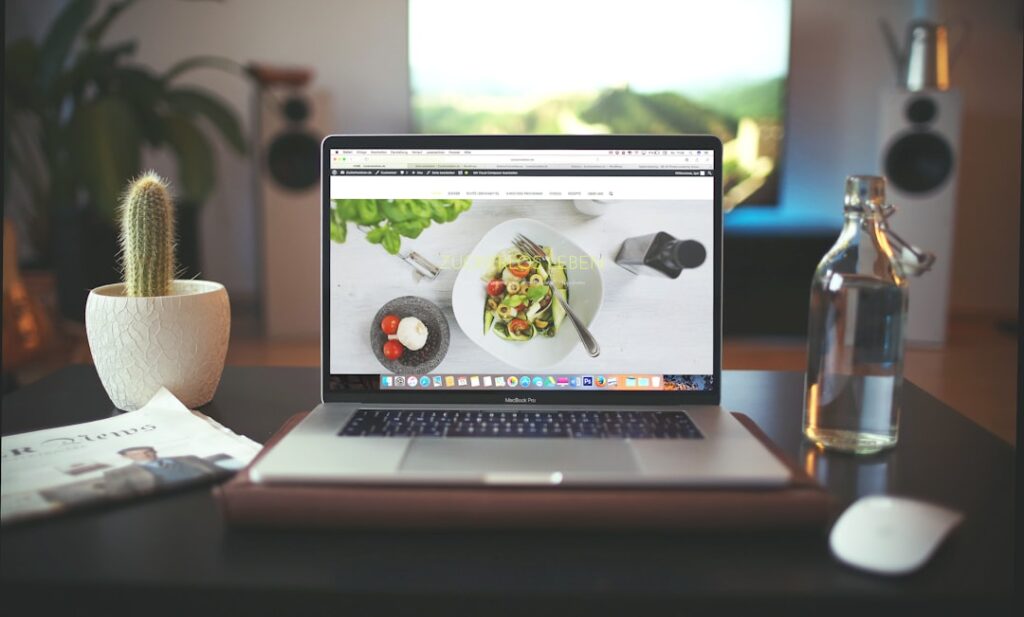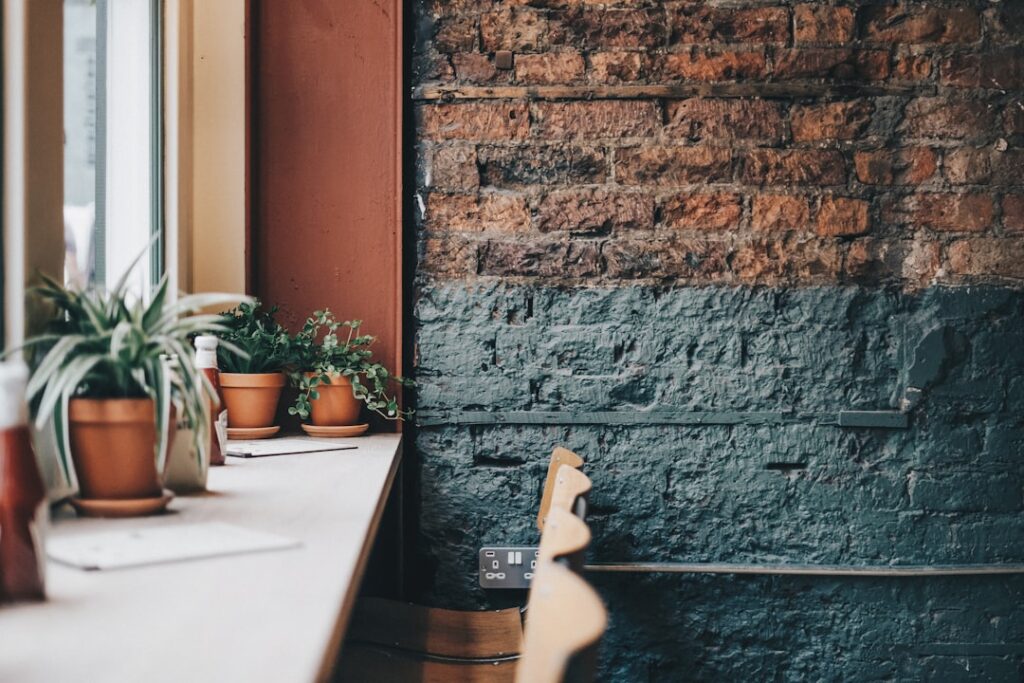Dubai has emerged as a global hub for luxury and opulence, and this is vividly reflected in its interior design landscape. Over the past two decades, the city has transformed from a modest trading port into a dazzling metropolis characterized by its towering skyscrapers, lavish hotels, and extravagant shopping malls. This rapid urban development has spurred a burgeoning interior design industry that caters to a diverse clientele, ranging from affluent residents to international corporations.
The rise of exquisite interior designing in Dubai can be attributed to several factors, including the influx of wealth, a growing expatriate population, and the city’s ambition to position itself as a leader in luxury living. The demand for high-end interior design services has led to the emergence of numerous design firms that specialize in creating bespoke environments tailored to the unique tastes and preferences of their clients. These firms often collaborate with renowned architects and artisans to produce spaces that are not only visually stunning but also functional and comfortable.
The emphasis on personalization has become a hallmark of Dubai’s interior design scene, with designers striving to create spaces that reflect the individuality of their clients while incorporating elements of luxury and sophistication. As a result, the city has become a melting pot of design styles, where traditional Middle Eastern aesthetics coexist harmoniously with contemporary influences.
Key Takeaways
- Exquisite interior designing has seen a significant rise in Dubai, with a focus on luxury and modern architecture.
- Middle Eastern culture has heavily influenced interior design in Dubai, leading to a fusion of traditional and contemporary design elements.
- Luxury plays a crucial role in Dubai’s interior design industry, with a focus on opulence and high-end materials.
- Modern architecture has had a significant impact on interior design in Dubai, leading to innovative and sleek design concepts.
- Sustainable and eco-friendly materials are increasingly being used in Dubai’s interior design, reflecting a growing emphasis on environmental consciousness.
The Influence of Middle Eastern Culture on Interior Design
Middle Eastern culture plays a pivotal role in shaping the interior design aesthetic in Dubai. The region’s rich history, vibrant traditions, and artistic heritage are often reflected in the design choices made by both local and international designers. Traditional elements such as intricate geometric patterns, ornate calligraphy, and rich textiles are frequently incorporated into modern interiors, creating a unique blend that pays homage to the past while embracing contemporary sensibilities.
This cultural influence is particularly evident in the use of color palettes that draw inspiration from the natural landscape, featuring warm earth tones alongside vibrant jewel tones. Moreover, the concept of hospitality is deeply ingrained in Middle Eastern culture, which significantly impacts interior design. Spaces are often designed with an emphasis on comfort and warmth, encouraging social interaction and gatherings.
This is reflected in the layout of homes and public spaces, where open floor plans and inviting seating arrangements are common. Designers often prioritize creating areas that foster connection, whether through expansive living rooms adorned with plush furnishings or outdoor terraces that seamlessly blend with indoor spaces. The result is an environment that not only showcases aesthetic beauty but also embodies the spirit of generosity and welcome that is central to Middle Eastern culture.
The Role of Luxury in Dubai’s Interior Design Industry

Luxury is synonymous with Dubai, and this is particularly evident in its interior design industry. The city is home to some of the most opulent residences and commercial spaces in the world, where lavish materials and exquisite craftsmanship are standard. High-end designers often source rare materials such as marble from Italy, silk from Asia, and bespoke furnishings crafted by skilled artisans to create interiors that exude sophistication and elegance.
The Impact of Modern Architecture on Interior Design in Dubai
Modern architecture has had a profound impact on interior design in Dubai, shaping the way spaces are conceived and experienced. The city’s skyline is dominated by iconic structures such as the Burj Khalifa and the Burj Al Arab, which serve as inspirations for interior designers seeking to create environments that reflect the boldness and innovation of contemporary architecture. The interplay between interior and exterior spaces is a key consideration for designers, who often strive to create seamless transitions between indoor and outdoor areas.
The use of glass and steel in modern architecture has also influenced interior design choices. Large windows and open spaces allow for natural light to flood interiors, creating an airy and inviting atmosphere. Designers are increasingly utilizing this natural light as a design element, strategically placing mirrors and reflective surfaces to enhance brightness and create a sense of spaciousness.
Additionally, modern architectural principles emphasize minimalism and functionality, prompting designers to adopt clean lines and uncluttered layouts that prioritize both aesthetics and practicality. This synergy between architecture and interior design has resulted in spaces that are not only visually striking but also conducive to modern living.
The Use of Sustainable and Eco-Friendly Materials in Dubai’s Interior Design
As global awareness of environmental issues continues to rise, the interior design industry in Dubai is increasingly embracing sustainability. Designers are now prioritizing eco-friendly materials and practices in their projects, reflecting a growing commitment to environmental responsibility. This shift is evident in the selection of materials such as reclaimed wood, recycled metals, and low-VOC (volatile organic compounds) paints that minimize harmful emissions while maintaining aesthetic appeal.
Moreover, sustainable design extends beyond material selection; it encompasses energy-efficient solutions that reduce a building’s carbon footprint. Designers are incorporating smart technologies such as automated lighting systems and energy-efficient HVAC systems into their projects to enhance sustainability without compromising luxury or comfort. The integration of biophilic design principles—where natural elements are incorporated into interiors—has also gained traction in Dubai.
This approach not only enhances aesthetic appeal but also promotes well-being by connecting occupants with nature through features like living walls or indoor gardens.
The Fusion of Traditional and Contemporary Design Elements in Dubai

Dubai’s interior design scene is characterized by a remarkable fusion of traditional and contemporary elements, creating spaces that celebrate both heritage and modernity. This blending of styles allows designers to craft unique environments that resonate with a diverse audience while honoring the city’s rich cultural tapestry. Traditional Middle Eastern motifs—such as intricate tile work or ornate arches—are often juxtaposed with sleek modern furnishings or minimalist decor, resulting in interiors that are both timeless and fresh.
This fusion can be seen in various types of spaces throughout Dubai, from luxurious hotels to private residences. For instance, many high-end hotels incorporate traditional Arabian elements into their contemporary designs, using rich textiles and intricate patterns alongside modern furniture pieces. This approach not only enhances the visual appeal but also creates an immersive experience for guests who wish to connect with the local culture while enjoying modern comforts.
Designers often draw inspiration from historical architecture, reinterpreting traditional forms through a contemporary lens to create spaces that tell a story while remaining relevant in today’s fast-paced world.
The Importance of Lighting and Space Planning in Dubai’s Interior Design
Lighting plays a crucial role in interior design, particularly in a city like Dubai where natural light can be both abundant and intense. Designers must carefully consider how to harness this natural light while also providing adequate artificial lighting solutions for different times of day and activities. The strategic use of lighting can dramatically alter the mood and functionality of a space; therefore, designers often employ layered lighting techniques that combine ambient, task, and accent lighting to create dynamic environments.
Space planning is equally important in Dubai’s interior design landscape. Given the city’s penchant for luxury living, designers must optimize space utilization while ensuring comfort and flow within interiors. Open floor plans are popular for residential spaces, allowing for seamless transitions between different areas while promoting social interaction.
In commercial settings, effective space planning can enhance productivity by creating functional workspaces that cater to various needs—from collaborative areas to quiet zones for focused tasks. The thoughtful arrangement of furniture and decor not only enhances aesthetics but also contributes to an overall sense of well-being for occupants.
The Future of Interior Design in Dubai: Trends and Innovations
Looking ahead, the future of interior design in Dubai promises to be shaped by emerging trends and innovations that reflect both global influences and local sensibilities. One notable trend is the increasing integration of technology into interior spaces. Smart home systems are becoming more prevalent, allowing residents to control lighting, temperature, security, and entertainment systems through their smartphones or voice commands.
This technological advancement enhances convenience while providing opportunities for designers to create more interactive environments. Another significant trend is the continued emphasis on wellness-oriented design. As awareness grows regarding the impact of our surroundings on mental health and well-being, designers are focusing on creating spaces that promote relaxation and rejuvenation.
This includes incorporating elements such as natural materials, soothing color palettes, and dedicated wellness areas like meditation rooms or fitness spaces within residential designs. Additionally, outdoor living spaces are gaining popularity as people seek to connect with nature amidst urban life; balconies, terraces, and gardens are being designed as extensions of indoor living areas. In conclusion, Dubai’s interior design industry is poised for continued growth and evolution as it embraces new technologies, sustainable practices, and innovative design philosophies while remaining deeply rooted in its rich cultural heritage.
The city’s unique blend of tradition and modernity will undoubtedly continue to inspire designers as they craft exquisite interiors that reflect the aspirations of its diverse inhabitants.
If you are looking to create a productive workspace with interior office design in Dubai, you may want to consider custom office furniture. This article from officeinterior.ae discusses the benefits of investing in custom office furniture to enhance the overall design and functionality of your workspace. By choosing furniture that is tailored to your specific needs and preferences, you can create a unique and inspiring environment that promotes productivity and creativity.
FAQs
What is interior designing?
Interior designing is the art and science of enhancing the interior of a space to achieve a healthier and more aesthetically pleasing environment for the people using the space.
What does an interior designer do?
An interior designer is responsible for planning, researching, coordinating, and managing interior design projects. They work with clients to determine their needs and create a design that meets those requirements.
What are the benefits of hiring an interior designer in Dubai?
Hiring an interior designer in Dubai can help you save time and money, as they have the expertise to create a functional and aesthetically pleasing space. They also have access to resources and materials that may not be readily available to the general public.
How do I choose the right interior designer in Dubai?
When choosing an interior designer in Dubai, it’s important to consider their experience, portfolio, and style. It’s also important to communicate openly and clearly with the designer to ensure that they understand your vision for the space.
What are the current interior design trends in Dubai?
Some current interior design trends in Dubai include incorporating sustainable and eco-friendly materials, using bold and vibrant colors, and integrating technology into the design of the space. Additionally, there is a focus on creating multi-functional and flexible spaces to accommodate the changing needs of the users.


